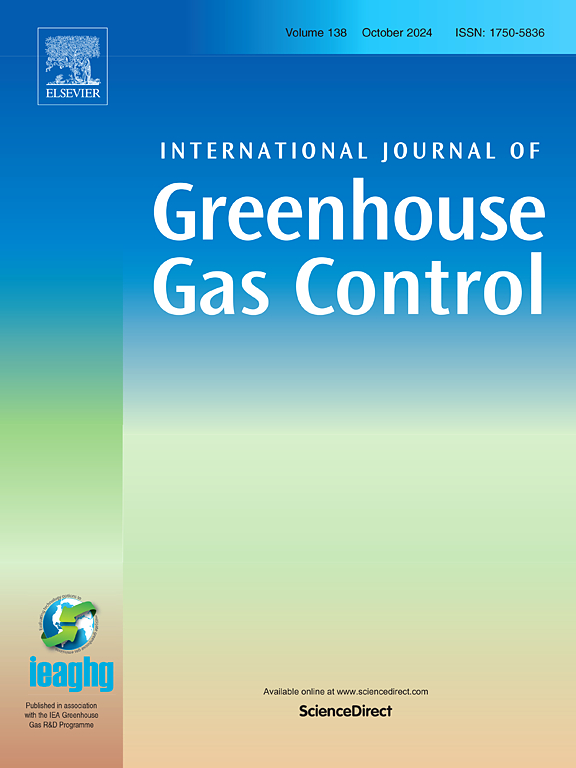Feasibility, conditions, and opportunities for achieving net-negative emissions in the global cement industry
IF 4.6
3区 工程技术
Q2 ENERGY & FUELS
International Journal of Greenhouse Gas Control
Pub Date : 2025-02-01
DOI:10.1016/j.ijggc.2024.104280
引用次数: 0
Abstract
The cement industry possesses multiple options to decarbonize its operations, including material efficiency, energy efficiency, clinker content reduction, hydrogen utilization, bioenergy, and carbon capture and storage (CCS). By integrating bioenergy and CCS (BECCS), the industry could produce net-negative cement, surpassing the 2050 carbon neutrality pledge of the Global Cement and Concrete Association. In TIAM-FR, a bottom-up optimization model of the global energy system, we developed an explicit model of the global cement industry to analyze the potential contribution of BECCS to producing cleaner cement. We investigated the technical and policy conditions favorable to BECCS deployment and sustainability, considering different future biomass potentials, yields, rotation periods, and management costs. Our findings demonstrate that BECCS can significantly contribute to cement decarbonization, making it easier, quicker, and more cost-effective to achieve. However, the current bioenergy use and policy landscape falls short of meeting the 2050 target. Scaling bioenergy use from 3% of the global energy mix to more than 40%, along with strengthening global climate policies, is essential. By leveraging the potential of bioenergy substitution up to 80% and extensively invest in CCS processes, carbon neutrality in cement production could be advanced by 10 to 18 years, enabling the production of net-negative cement. Finally, we propose a technical roadmap for the decarbonization of the global cement industry.
求助全文
约1分钟内获得全文
求助全文
来源期刊
CiteScore
9.20
自引率
10.30%
发文量
199
审稿时长
4.8 months
期刊介绍:
The International Journal of Greenhouse Gas Control is a peer reviewed journal focusing on scientific and engineering developments in greenhouse gas control through capture and storage at large stationary emitters in the power sector and in other major resource, manufacturing and production industries. The Journal covers all greenhouse gas emissions within the power and industrial sectors, and comprises both technical and non-technical related literature in one volume. Original research, review and comments papers are included.

 求助内容:
求助内容: 应助结果提醒方式:
应助结果提醒方式:


